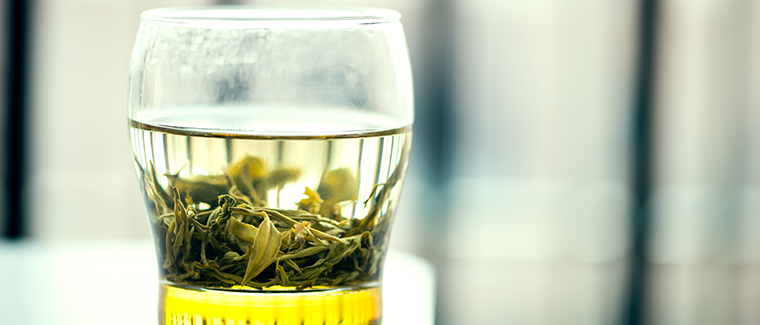There a small but significant difference in the process of creating these teas. Green tea follows the standard tea making ways by simply infusing hot water over the tea leaves.
Matcha leaves are steamed, dried and ground into potent powder, before being added to hot water, meaning you ingesting the whole leaf rather than just an infusion. Meaning you consume potentially three times the amount of antioxidants than more green tea.
One study found that matcha contains three times more catechins, epigallocatechin gallate (EGCG)

